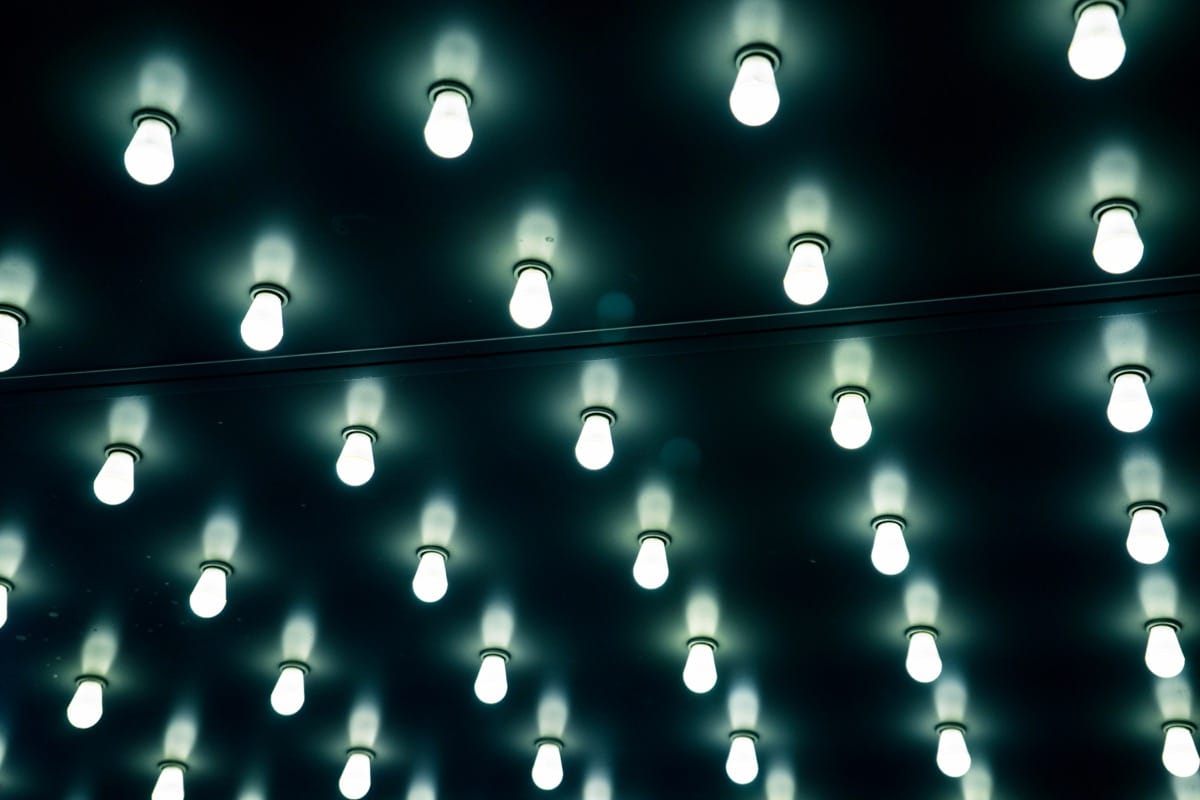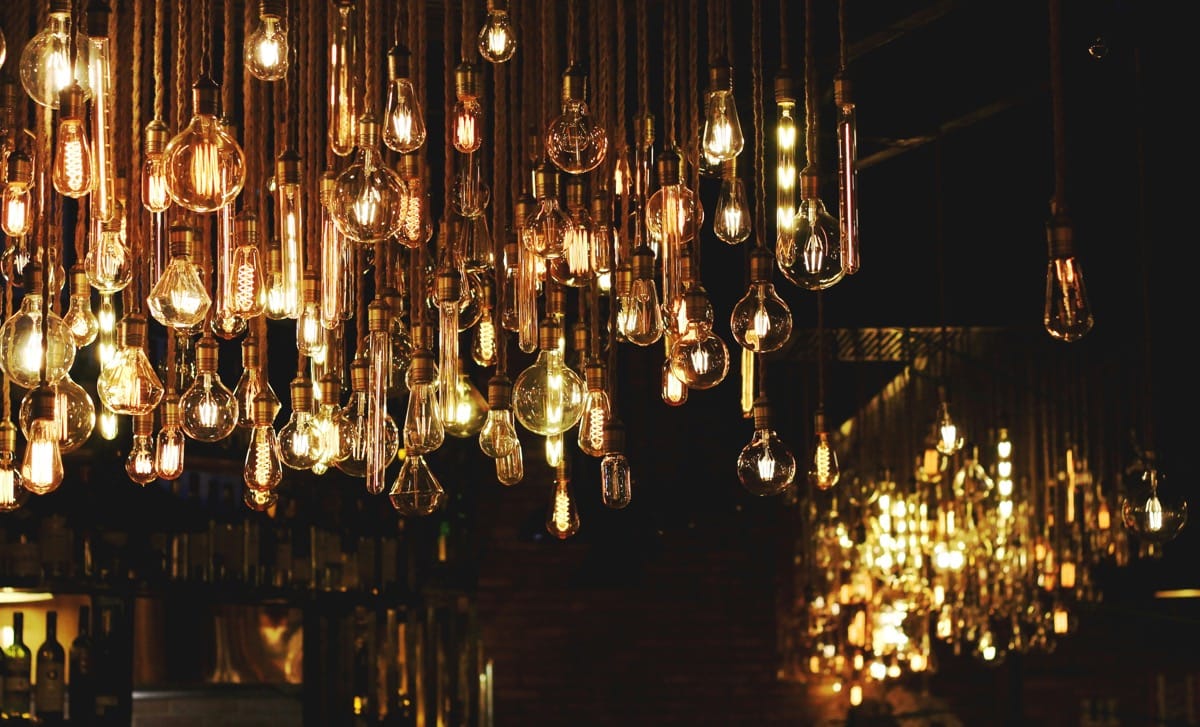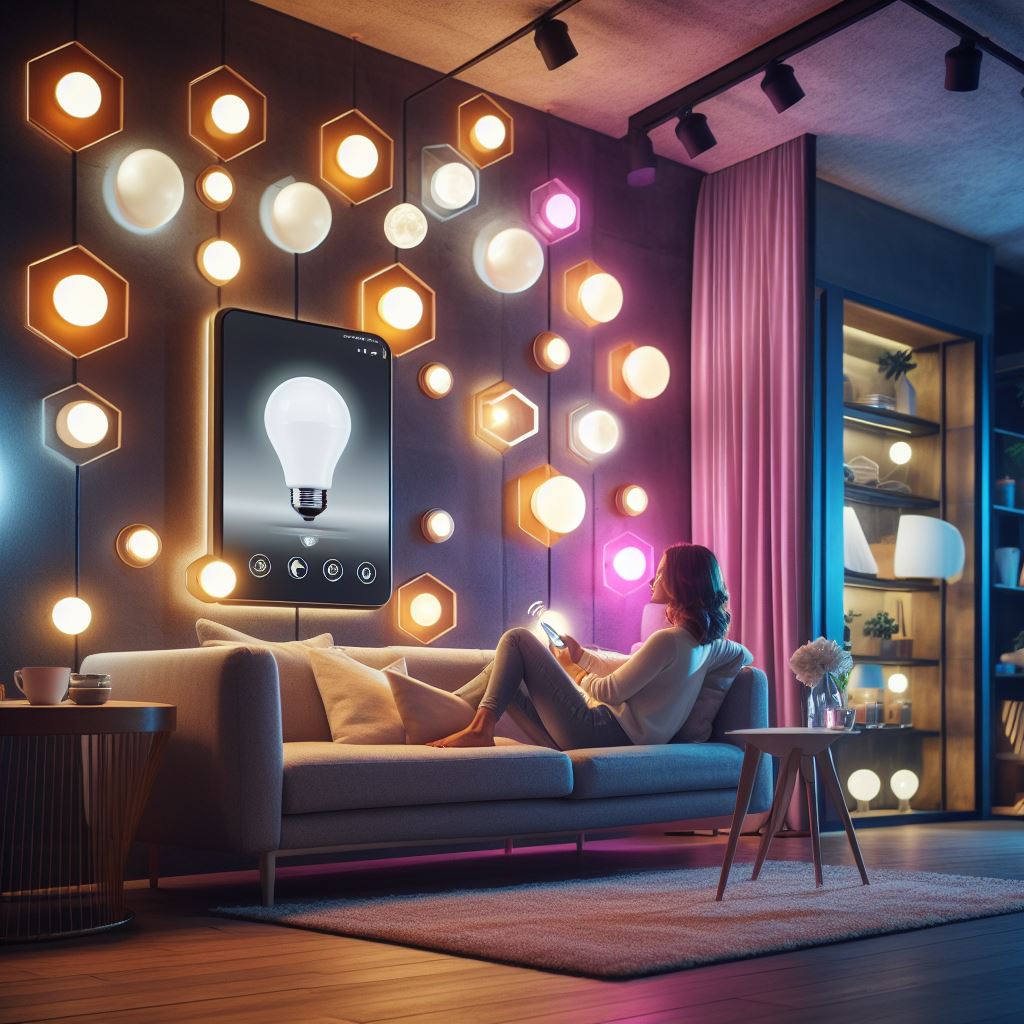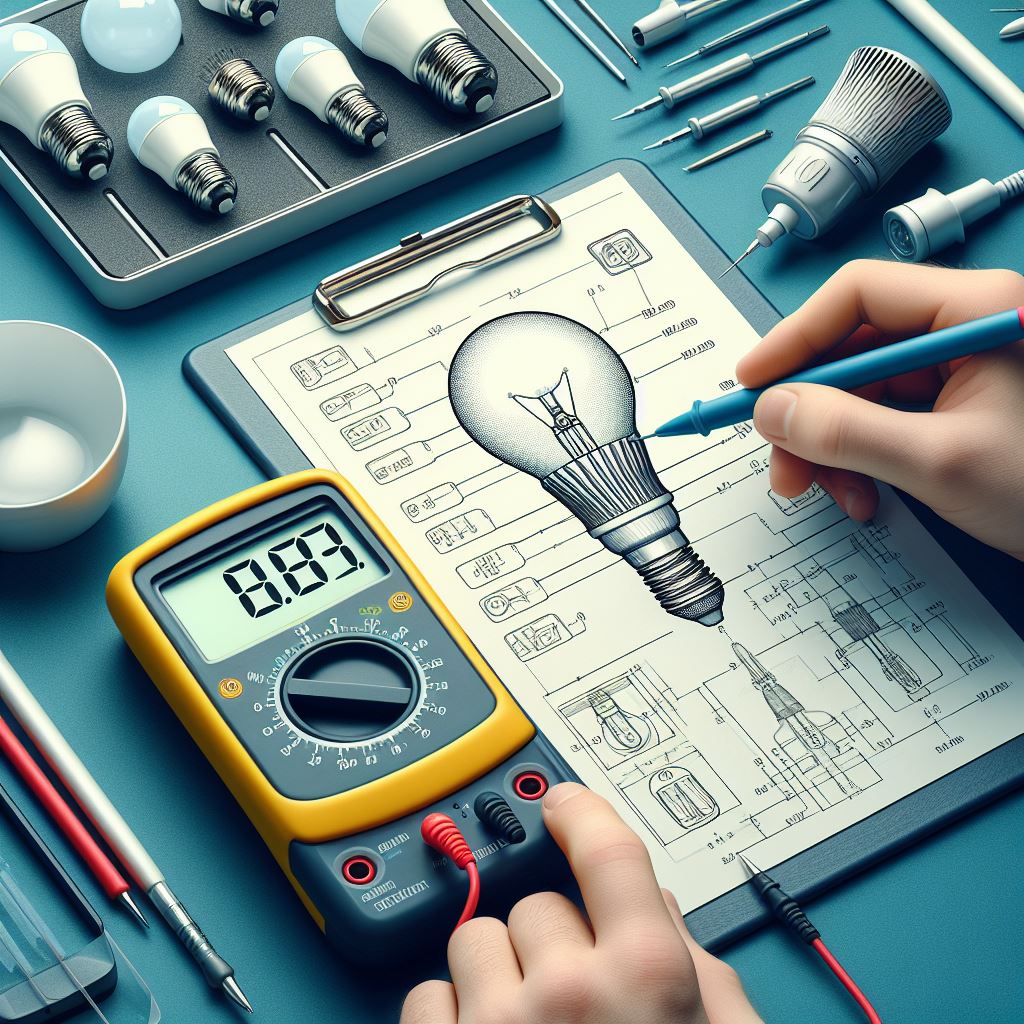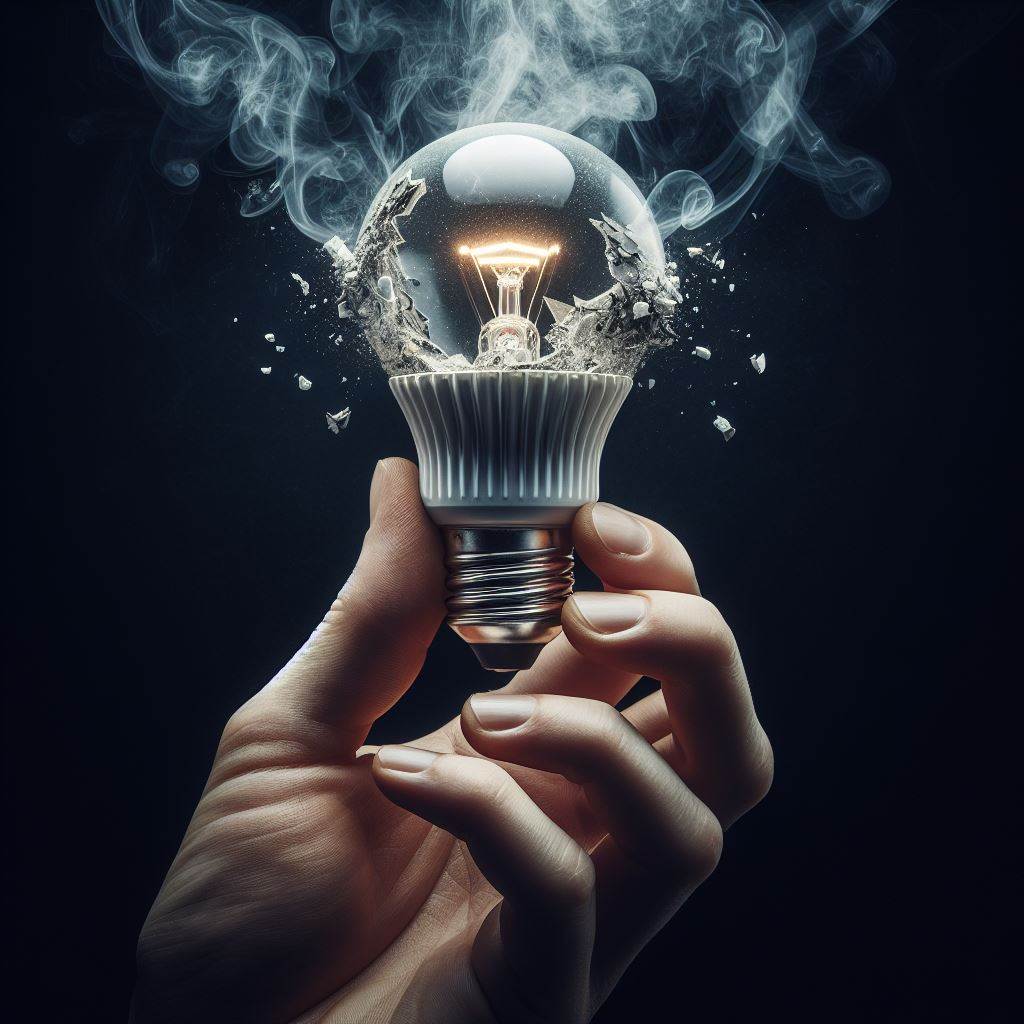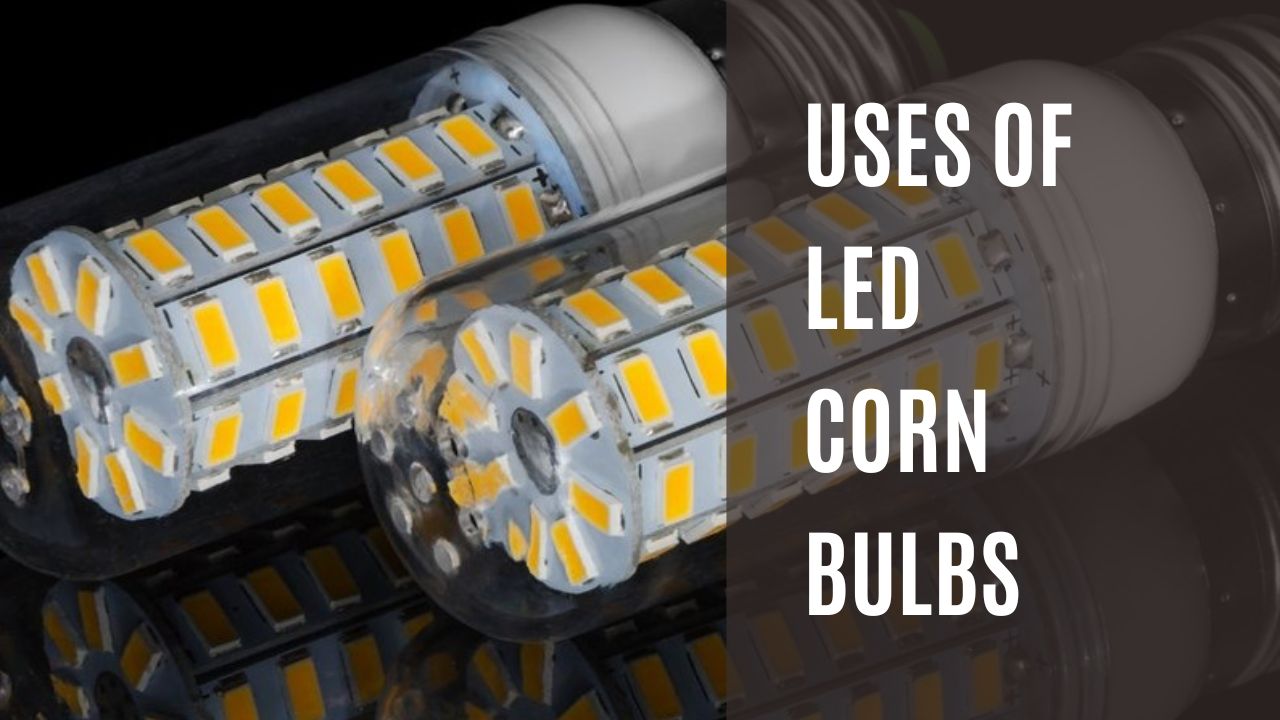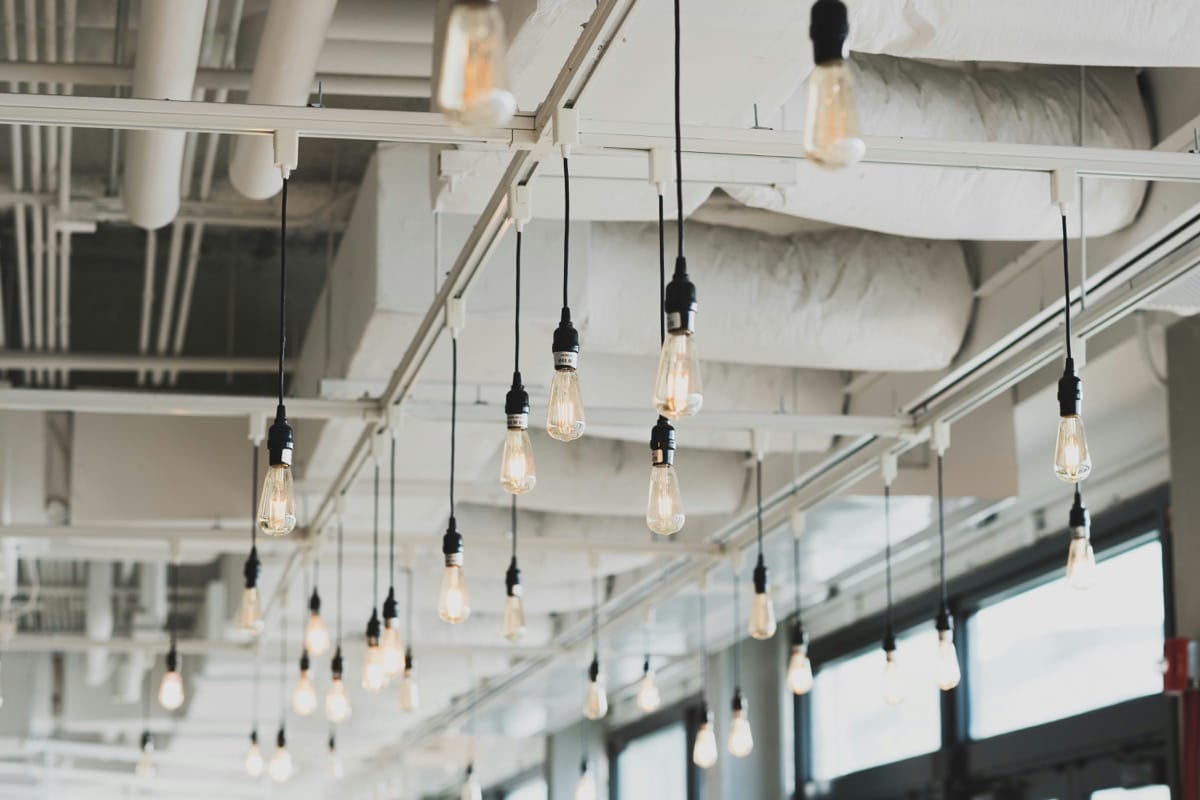When it comes to lighting up your home or workspace efficiently, LED bulbs have become the go-to choice for many. However, an often overlooked aspect of installing LED bulbs is the direction in which they should face. As a seasoned expert in lighting solutions, I am here to shed light on the crucial question: “Which way should LED bulbs face?“
Properly positioning your LED bulbs can make a significant impact on the brightness and ambiance of a room. Whether it’s for task lighting, ambient lighting, or accent lighting, understanding the optimal direction for your LED bulbs is key to maximizing their performance and longevity. In this blog post, we will delve into the facts and considerations you need to know to ensure you are making the most of your LED lighting setup. Let’s illuminate the path to a well-lit and inviting space with the right direction for your LED bulbs.
Understanding LED Bulbs and Their Direction
When it comes to LED bulbs, one crucial factor that often goes unnoticed is the direction in which they should face. Which way should LED bulbs face? Let’s dive in and shed some light on this essential aspect.
Importance of Proper LED Bulb Placement
Installing LED bulbs correctly is not just about screwing them into a fixture; it’s about ensuring they are positioned the right way to maximize their performance and longevity. Placing LED bulbs incorrectly can lead to various issues, including:
- Diminished light output
- Uneven distribution of light
- Overheating and reduced lifespan
Factors to Consider When Determining LED Bulb Direction
Several factors come into play when deciding the orientation of your LED bulbs:
- The design of the fixture
- The intended purpose of the lighting
- The desired illumination angle
Placement matters as well: upward-facing bulbs are ideal for ambient lighting, while downward-facing ones work best for task lighting.
Common Mistakes to Avoid
One common mistake people make is assuming that LED bulbs emit light in all directions, like traditional incandescent bulbs. However, LED bulbs have a specific light beam angle that determines their optimal orientation.
Another mistake is overlooking the manufacturer’s instructions on the proper placement of the bulbs. Each LED bulb is designed differently, and following the manufacturer’s guidelines is crucial for optimal performance.
Effects of Incorrect LED Bulb Positioning
Incorrectly positioned LED bulbs can have detrimental effects on both aesthetics and functionality. From creating harsh shadows to causing glare, the wrong placement can significantly impact the overall lighting experience.
So, next time you’re installing LED bulbs, remember that the direction in which they face can make a world of difference in how effectively they illuminate your space. Take the time to ensure they are oriented correctly and reap the benefits of well-placed lighting.
Importance of Installing LED Bulbs Correctly
When it comes to installing LED bulbs, orientation matters more than you might think. Have you ever wondered, “Which way should LED bulbs face?” Well, let’s shed some light on the subject!
Enhancing Lighting Efficiency
LED bulbs are directional light sources, meaning they emit light in a specific direction. Placing them incorrectly can lead to wasted light and reduced efficiency.
Optimizing Light Distribution
By positioning LED bulbs correctly, you can ensure that light is evenly distributed throughout a room. This helps in avoiding dark spots or glare, creating a more comfortable and welcoming environment.
Preventing Glare and Shadows
Improperly oriented LED bulbs can cause glare or shadows, which can strain your eyes and make tasks like reading or working more difficult. Correct installation helps mitigate these issues.
And now, let’s delve into some practical tips on how to correctly install LED bulbs:
- Ensure the bulb’s base aligns with the fixture’s socket for a secure fit.
- Position the LED bulb so that the diodes face the desired area that requires illumination.
- Avoid installing the bulb in a way that directs light towards reflective surfaces or windows to prevent glare.
By following these simple guidelines, you can make the most out of your LED lighting and create a well-lit space that enhances both functionality and aesthetics.
Factors to Consider When Choosing LED Bulb Placement
When it comes to setting up your LED bulbs, the direction they face plays a crucial role in their effectiveness and longevity. Let’s delve into the key considerations to keep in mind:
Light Distribution
Positioning your LED bulbs in the right direction ensures optimal light distribution in the desired area, providing better visibility and ambiance.
Desired Room Effect
Consider the effect you want to achieve in a room. **LED bulbs facing downward** can create a cozy atmosphere, while those facing upwards might illuminate the ceiling for a softer glow.
Heat Dissipation
LED bulbs generate heat, and proper orientation can help dissipate it efficiently. Ensure they are **properly ventilated** to prevent overheating and prolong their lifespan.
Energy Efficiency
Correctly positioned **LED bulbs** can help reduce energy consumption. Pointing them towards the task area rather than scattering light all around can maximize efficiency.
Dimming Capabilities
For dimmable LED bulbs, the orientation can impact their performance. Make sure to check the manufacturer’s recommendations to maintain **smooth dimming** functionality.
Common Mistakes When Installing LED Bulbs
Common Mistakes When Installing LED Bulbs
Installing LED bulbs may seem like a straightforward task, but there are common mistakes that many people make along the way. Ensuring your LED bulbs are facing the right direction is crucial for optimal performance and longevity. Here are some common mistakes to avoid when installing LED bulbs:
Neglecting the Proper Direction
LED bulbs are directional light sources, meaning they emit light in a specific direction. **Which way should LED bulbs face?** The LED chips within the bulb should be facing the area where you want the light to shine. Installing them in the wrong direction can result in uneven light distribution and reduced efficiency.
Incorrect Placement
Placing LED bulbs in fixtures that are too small or covered can lead to overheating and reduced lifespan. Make sure there is proper ventilation around the bulbs to prevent them from getting too hot.
Mixing LED Bulbs with Incandescent Bulbs
While LED bulbs are energy-efficient and long-lasting, they operate differently from traditional incandescent bulbs. Mixing the two types of bulbs in the same fixture can result in flickering, dimming, or even damaging the LED bulbs.
Using the Wrong Wattage
Using LED bulbs with wattages that are too high for your fixtures can cause the bulbs to overheat and fail prematurely. Always check the maximum wattage recommended for your fixtures and choose LED bulbs that fall within that range.
Rushing the Installation Process
Taking the time to properly install LED bulbs can save you a lot of hassle in the long run. Rushing through the installation process can lead to mistakes that may compromise the performance and lifespan of your LED bulbs.
Ignoring Compatibility with Dimmer Switches
Not all LED bulbs are compatible with dimmer switches. If you plan to use dimmer switches with your LED bulbs, make sure to choose bulbs that are specifically labeled as dimmable.
Forgetting to Turn Off Power
Safety should always come first when installing any type of lighting. Before replacing or installing LED bulbs, always remember to turn off the power to the fixtures to avoid electric shock.
Remember, taking the time to install LED bulbs correctly can have a significant impact on their performance and longevity. Avoiding these common mistakes can help you get the most out of your LED lighting setup.
Effects of Incorrectly Positioned LED Bulbs
So you’ve installed LED bulbs in your space, but which way should LED bulbs face to maximize their efficiency and performance? Well, the direction in which LED bulbs are positioned can have a significant impact on their functionality. Let’s dive into the effects of incorrectly positioned LED bulbs.
Diminished Light Quality:
When LED bulbs are facing the wrong direction, the light they emit may not be distributed evenly or effectively in the room. This can lead to areas being poorly lit or shadows being cast where they shouldn’t be.
Increased Energy Consumption:
Incorrectly positioned LED bulbs may end up using more energy than necessary to illuminate a space. If the light is not directed where it is needed, you may find yourself needing to use additional lighting sources to compensate.
Shortened Lifespan of Bulbs:
LED bulbs that are facing the wrong way may experience increased heat buildup, which can reduce their lifespan. Over time, this could result in more frequent replacements and higher maintenance costs.
But fear not, for there are ways to mitigate these negative effects and ensure your LED bulbs are positioned correctly. By considering the following factors, you can make the most out of your LED lighting:
Factors to Consider When Choosing LED Bulb Placement:
- Room layout and purpose
- Natural light sources
- Desired lighting effects
- Electrical wiring and fixtures
Remember, the way your LED bulbs face can make a world of difference in the ambiance and functionality of your space. Take the time to ensure they are positioned correctly to reap the full benefits of LED lighting technology.
Conclusion
In conclusion, understanding which way LED bulbs should face is crucial for optimizing their performance and lifespan. By ensuring the correct orientation of your LED bulbs, you can enhance their brightness and efficiency while also reducing the risk of glare or discomfort.
Whether you are installing LED bulbs in a residential, commercial, or outdoor setting, following the manufacturer’s instructions on bulb orientation is key. This simple step can make a significant difference in the overall lighting quality and energy consumption of your space.
Remember, proper positioning of LED bulbs can also impact the distribution of light and the overall aesthetics of your environment. So, take the time to install your LED bulbs correctly and reap the benefits of efficient and effective lighting for years to come.
Frequently Asked Questions (FAQs)
Which way should LED bulbs face?
LED bulbs should typically face downwards to maximize light output and efficiency. Consult the manufacturer’s guidelines for specific recommendations.
Is it necessary to consider the direction when installing LED bulbs?
Yes, the direction in which LED bulbs are installed can impact their performance and longevity. Installing them correctly ensures optimal lighting and longevity.
Can LED bulbs be installed facing upwards?
While some LED bulbs are suitable for facing upwards, many are designed for downward facing installation. It’s best to follow manufacturer recommendations.
What are the consequences of installing LED bulbs facing the wrong way?
Installing LED bulbs facing the wrong direction can lead to reduced performance, decreased lifespan, and suboptimal light distribution.
Is there a specific way to determine the correct orientation for LED bulbs?
Refer to the manufacturer’s instructions for the recommended orientation of the LED bulbs. It’s crucial to follow these guidelines to ensure proper functioning.

